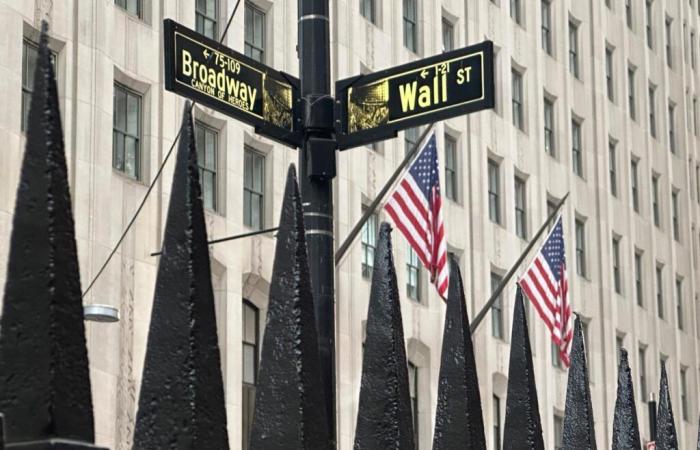
Lhe differences between the economic and social models of the United States and France are considerable. The tax burden is 48% of gross domestic product (GDP) in France and 28% in the United States, with a retirement system essentially by capitalization in the United States, essentially by distribution in France, where the weight of pensions in GDP exceeds 14%. Public social protection spending in France (pensions, health insurance, unemployment insurance) represents 32.2% of GDP, compared to 17% in the United States. In short, a very protective State in France and very little protective in the United States…
This gap between the generosity of social protection systems is reinforced by the great divergence between the United States and France in terms of income sharing. In the United States, since 2002, labor productivity has increased by 42%, while real wages per capita have only increased by 18%: the share of wages in GDP has therefore decreased considerably. In France, on the contrary, the real wage per capita has increased by 17% since 2002 and productivity per capita by 12%: the share of wages in GDP has therefore increased.
Read also | Article reserved for our subscribers “The growing wealth gap between France and other powers fuels a feeling of downgrading which fuels voting at the extremes”
Read later
The fact that social protection is significantly more generous in France than in the United States, a generosity financed by a much stronger tax burden, and that income sharing is much more favorable to employees in France than in the United States has significant consequences on the level of inequality and poverty. The Gini index of income inequality is 0.39 in the United States and 0.29 in France – the value 1 indicates a totally unequal society, where a single individual monopolizes all the income, the value 0 indicates a society perfectly egalitarian, where all individuals have the same income. The percentage of the population below the poverty line, those whose income is less than 60% of the median income, is 25% in the United States and 15% in France.
Risk taking
In terms of equity, the French model is therefore clearly superior to the American model. But in an unequal society, with few public transfers to the poorest, individuals are led to invest in human capital, in education, to avoid poverty; they take more risks, for the same reasons; and the effort at work is higher than in a society where safety nets are numerous and generous.
You have 56.37% of this article left to read. The rest is reserved for subscribers.
France





